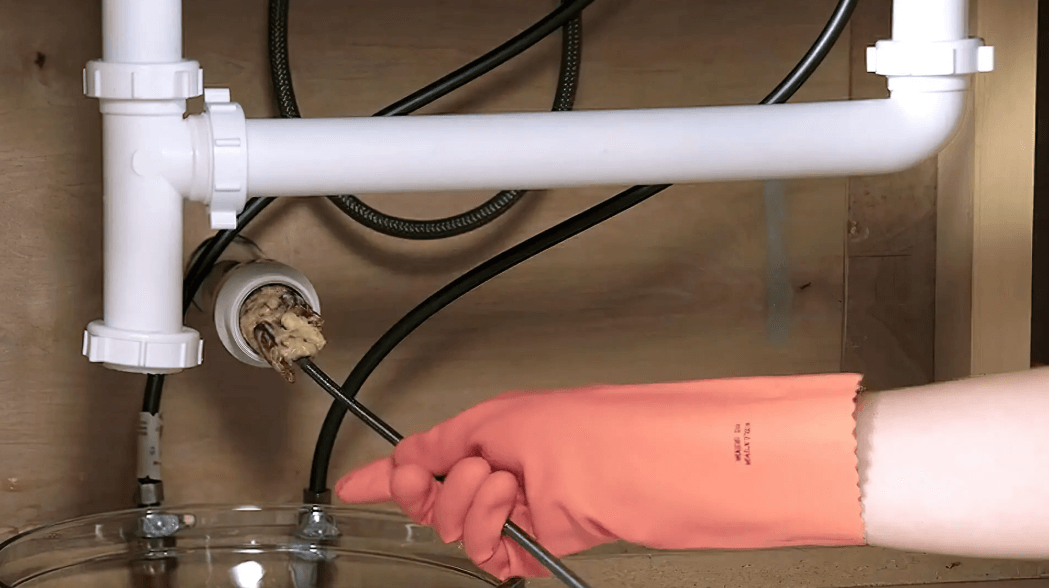A real estate investment has many prospects, and an exciting investment opportunity is house flipping. This entails the acquisition of a property, undertakings of refurbishment and then the sale of the property at a higher price. At the heart of this strategy is this: getting the right financing, which may include flip loans.
Understanding Flip Loans
Fix and flip loans or simply flip loans refer to customized short-term mortgage facilities that are targeted at real estate investors who purchase properties with the intention of rehabilitating and reselling the same within the shortest time possible. In contrast to the various types of mortgages for purchasing houses and other forms of real estate, flip loans are oriented to property flipping activities. Such loans depend on the amount the real estate may be sold for after repairing and updating, referred to as ‘after repair value,’ not the credit score of the borrower.
There are various kinds of flip loans which are available in the market, some of which are hard money loans, private money loans and some fix and flip loan programs provided by some particular lenders. They all have their conditions, interest rates, and terms, meaning that the investors have got to know their alternatives to embrace the one that they want.

Benefits
Accessibility is one of the most obvious advantages of flip loans as a type of financing: the money is issued relatively quickly. The conventional mortgage loans can take up to a week or even months to be approved but these usually take only a few days. This fast access to capital, according to the authors, is important for investors who have to act fast to pick up undervalued assets, such as distressed properties.
The second point is linked to the fact that there is room for maneuver when it comes to the conditions of the loan. Another advantage of flip loan lenders is that the flip loan lenders are more flexible in the terms of an agreement adjusted to the investor and the project. These can be interest only payments, balloon payments and other equal and neat installments as may be agreed between the borrower and the provider. You can learn more about balloon payments by clicking the link.
Drawbacks
However, just like any other investment tool, flip loans have certain drawbacks that the investors should bear in mind. Interest rates of these financial products are considerably higher than interest rates that are offered for a conventional mortgage and could range between 8% and 15%. Also, some kinds of interest may be taken in points or portions of the agreed amount of credit, which increases the total cost of the credit. You can click the link: https://credit.org/blogs/blog-posts/what-are-interest-rates-how-does-interest-work to learn more.
The flip loans are also short term, and this can cause some problems too, for instance. These loans normally last for anything between half a year and a few years; the investors are under intense pressure to finish their projects within the shortest time and sell the property. If ignored, it simply means that it is going to come with high carrying cost and may put a little pressure on the financial muscles.
To qualify
If you want to obtain a flip loan, you are likely to note that the process is much easier than that of a normal mortgage. Lenders look at the after repair value of the property and the experience and the plan that the investor has on the project. Some of things that are taken into account include the cost of buying the property, cost that is expected to be incurred to renovate the property, the expected resale rate of the property and the rate at which the project is expected to be completed.
It is important a brief be prepared by the investors with the expected scope of work, estimated cost and time to be used for the renovations. The outcome of loan approval and the fares are likely to be better if the applicant shows a clear and credible plan. Moreover, if the potential investor has some equity in the venture, for instance, down payment, investment in own endeavor or capital contribution, such a situation will be even more favorable for the investor.
Using them effectively
Generally, the investors should employ several strategies while employing the flip loans which includes the following: It starts with choosing the right real estate. These can be viewed as valuable only if they are situated in attractive locations with much headroom for the addition of value by rehabilitation works.
Accurate budgeting is crucial. The investors need to prepare accurate expectations of the costs of renovation and plan for additional unpredictable costs. There are also costs associated with the properties like property taxes, insurance and utilities in case these remain unpaid for the entire period that the renovation takes.
Renovations work needs consultation with experienced contractors and project managers who would do it within the set time and cost. Things such as proper communication and everyday progress reports can help a lot in avoiding such mishaps such as delay and cost overrun.
As it has been earlier mentioned flip loans provides an ideal funding solution for property investors who wish to make use of the fix and flip strategy. These loan types must be well-understood to avoid some pitfalls, proper due diligence on projects and careful planning and execution will therefore help investors get flip loans and manage them to successful and profitable projects.







